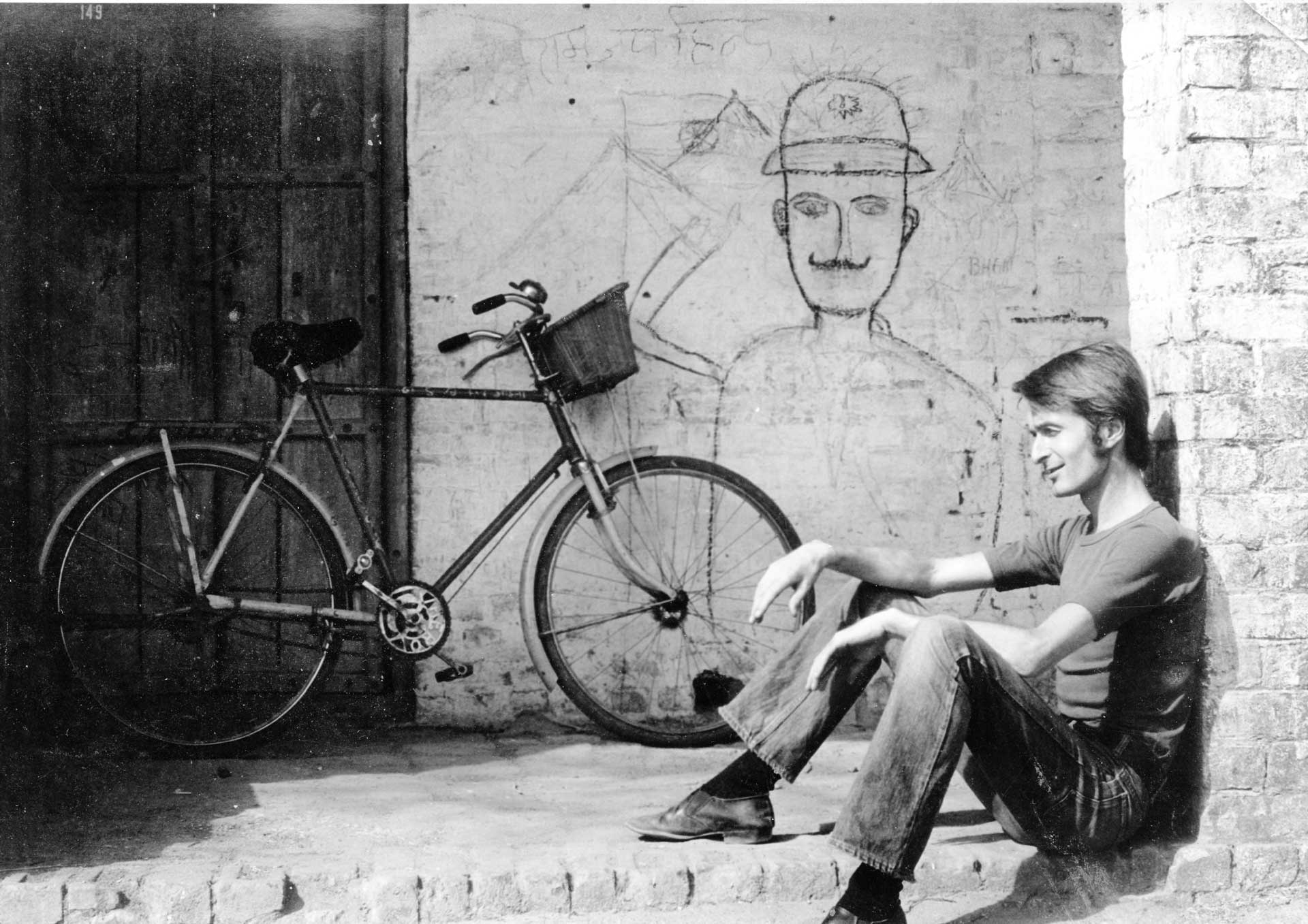
1. A Train For Pakistan Leads To Painted Shekhawati

2. The Returns Of A Non-native
April 23, 2020L ucky again! Flying back from India just before the cold hand of Plague closed in. The films on Air Oman were uninteresting save for the private life of the red footed falcon in German, that long-lost second language. Heathrow was empty, 'UK Citizens' pointing down a bare corridor. Soulless: there was no one else. A 'hi-vis' woman was reassuring – that was right, there were no others. All so smooth. My father's worn, friendly little case plopped first onto the carousel. The Customs might suspect its contents, only to find The Pandit Kunj Bihari Sharma Memorial Literary Award and turn suspicion into respect. They didn't. Picking up messages on the UK mobile a familiar voice said 'Suresh from Delhi'. Nothing more. He rings every couple of years, sometimes catches me. Where better to start?
Many years have passed between Dunshay in Purbeck, on England's south coast, and Churu, an arid district town in India's Rajasthan. In the mid-sixties eager young Europeans like me went east overland, flying too dear for ordinary folk, relying on a mixture of hitch-hiking and public transport. Wandering ever further eastwards, I reached India in 1965 and, by May 1971, was returning from the latest foray. The night train towards Pakistan passed small platforms lit with paraffin lamps, constellations of sparks in the darkness. Opposite sat a student coming back from Nagaland, where his brother had a business, to his village, Narnaund, in Haryana. He invited me to come, but I wanted to get back. We exchanged addresses, then letters. That was Suresh Aggarwal: business caste.
During a summer waitering at Swanage's main hotel, I was pleasant enough to supplement a wage with good tips then, when it closed for winter, shifted to polishing stone and cutting paving. By the following autumn there was enough saved for another India trip. Each overland journey was an adventure to narrate: that one was no exception.
Once in India, I visited Narnaund, where Suresh and his father ran a general store. In the evening, when the shop shut, we entertained Suresh's friends there or headed off, three to a cycle, twenty kilometres to Jind for a film, among them 'Seeta aur Geeta', with Hema Malini acting twins.
Much of India is flat, ideal for the standard tough, gearless black cycle. In Jind, Suresh used his commercial skill to buy a good secondhand Hero bike for rs100 – £5. On it I set off through green fertile plain crossed by occasional irrigation canals of swirling brown water. Men in off-white cotton, women in brighter working clothes toiled in the fields. Bullock carts dominated the traffic.
I was ignorant, each place a name and a vision with no story attached. The entrance to Hansi was arched by an impressive gateway, but what of Feruz Shah, who preferred the town? of George Thomas, the Irish freebooter, its brief ruler? Hisar's fort held an ancient red sandstone mosque, its fabric purloined from other, older gods. The arcade's capitals bore wonderful foliate decoration, more ancient than I guessed. In place of a minaret stood part of Ashokan pillar, which would make that carving relatively new.
Suresh suggested staying in dharamshalas, sometimes free, always cheap, built to accommodate pilgrims, travellers, marriage parties, but originally merchant camel trains. Each comprised a single storey of cells and arched halls set about a courtyard with a central shade tree. But in Siwani, where evening came, the station-master offered a waiting room to unfurl my sleeping bag, shared his supper, served hot milk and sweets at dawn before I crossed the border.
In Rajasthan the scenery changed markedly, Haryana's greenery giving way to desiccation; the strip of tarmac, rougher, narrowed. There were plaster flying saucers feeding a rainwater reservoir beneath a central dome with a locked hatch. Sweet water was valuable. In Rajgarh a boy crouching at the window of a straw hut called me over. He held a neat, spouted brass jug and said 'Pijiye!' - a new word - tipped the jug so that a few drops of water fell and repeated 'pijiye!' I understood, cupped my hand and drank.
This was dune desert with plumed elephant grass and oddly-lopped trees. There was little traffic apart from camel carts. Birds punctuated the telephone wires – bulbuls, fork-tailed drongos, black-eyed shrikes, rollers exploding into vivid blue, buoyant winged black-shouldered kites. The milestones gave European numbers, Devnagari names; all but the tenth, which was in Latin script. Taranagar would be a convenient night-halt.
It appeared, a small, white town topping a rise north of the road. A sign pointing south bore a strange, brief name – basically two Devnagari letters, Choo Roo, now so familiar. Tired, I turned off, walking up the street past several massive white houses bearing all manner of figurative painting – gods, birds, cars, trains, even a Britisher on a bicycle his woman on the back. Subjects dated them to the early 20th century. In this barren landscape, boys herding evening goats and sheep through rough-paved streets, what wealth financed such painted palaces? Installed in a basic dharamshala, I was about to lie down when someone knocked. Mr Goel, a grain merchant, invited me to be his guest.
Over a couple of days, taking me into some of those mansions, havelis he called them, he spoke of their origins, of rich Calcutta merchants. Calcutta was far away. I cycled on, still confused. Who had painted the walls? At the next halt, Sardarshahr, there were many more painted havelis. This must be a Rajasthani fashion.
But, cycling 1800 miles through Rajasthan, Madhya Pradesh, Uttar Pradesh and Bihar, I found no more such houses. So I returned.

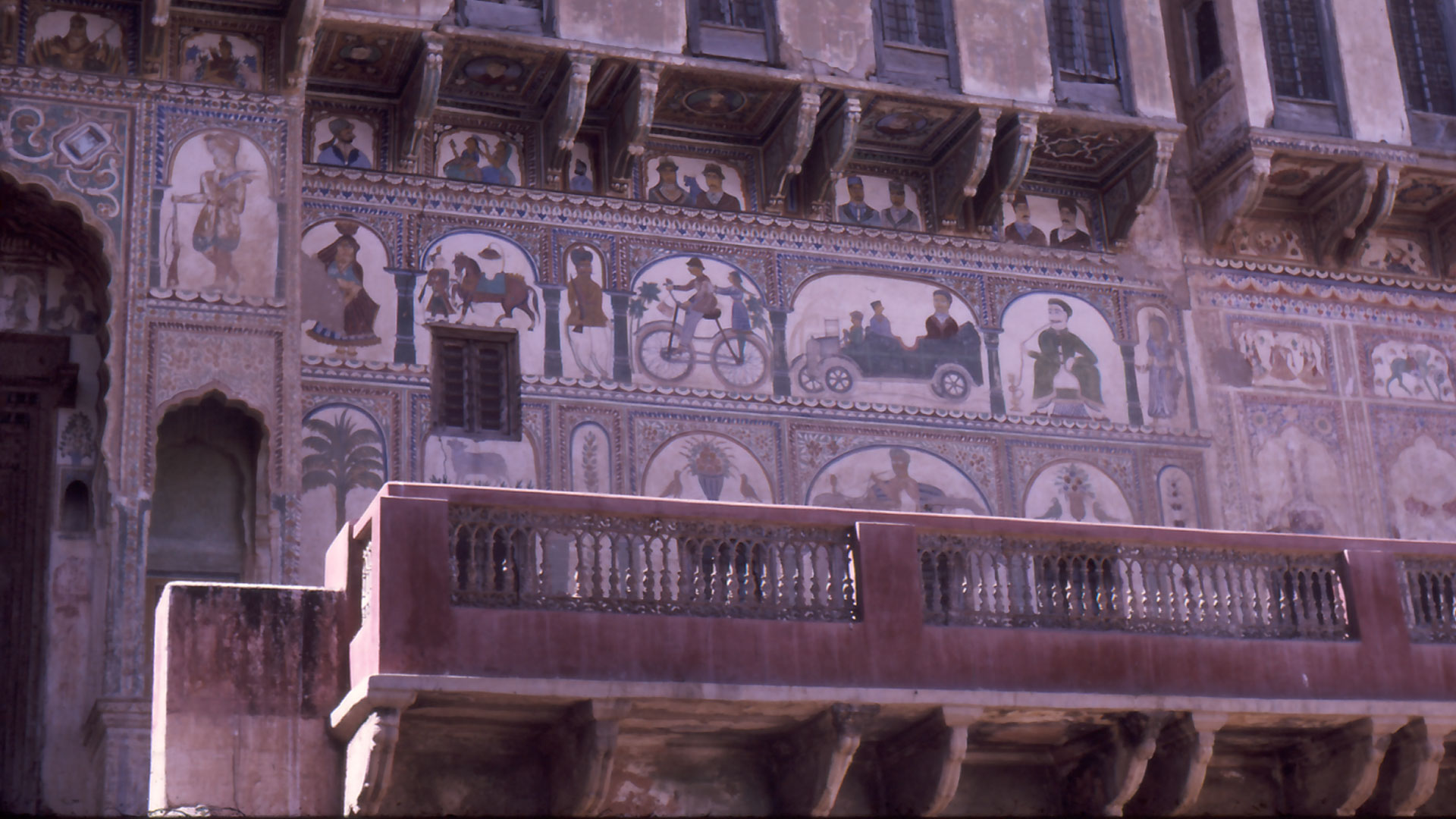
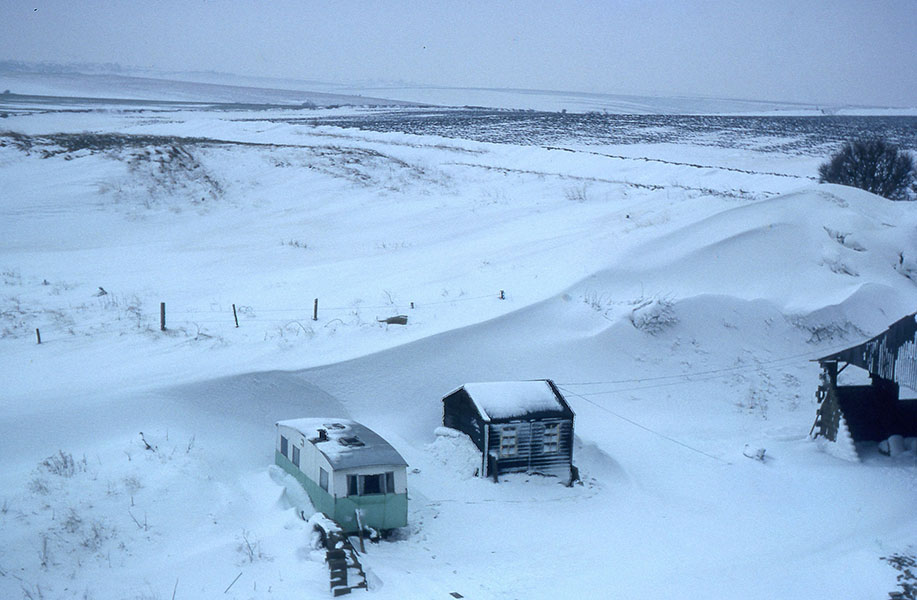
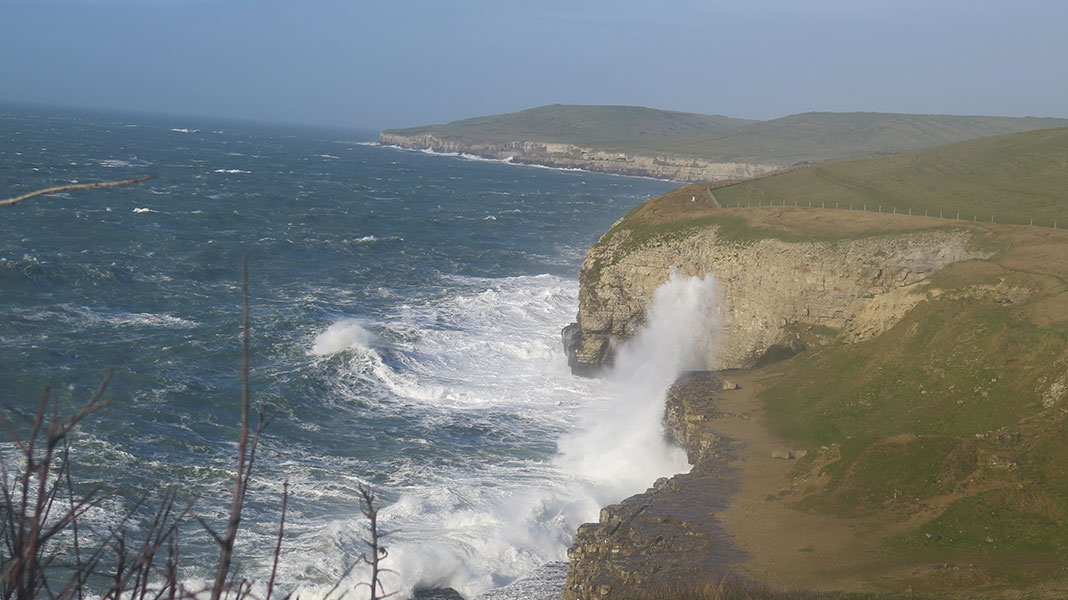
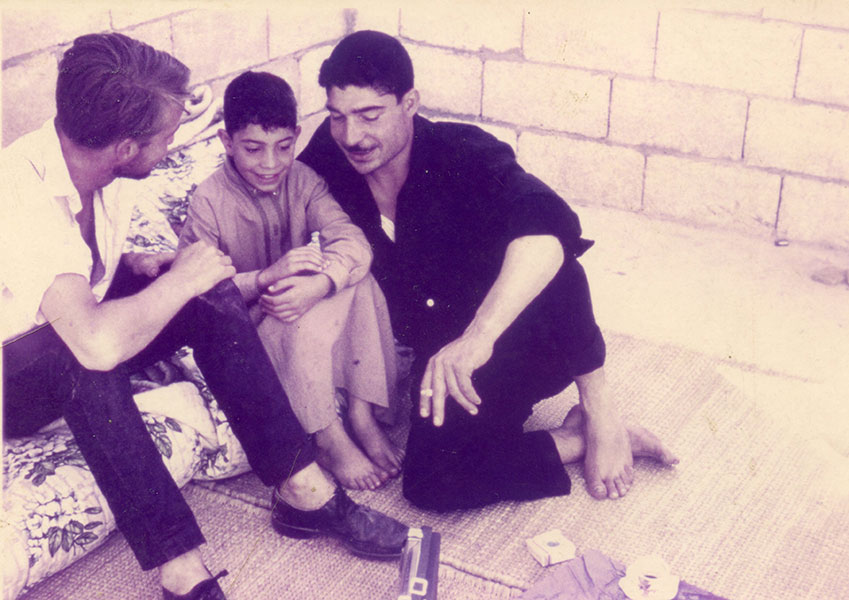
2 Comments
Like!! I blog quite often and I genuinely thank you for your information. The article has truly peaked my interest.
I’ve been absent for a while, but now I remember why I used to love this website. Thanks, I will try and check back more often. How frequently you update your site?